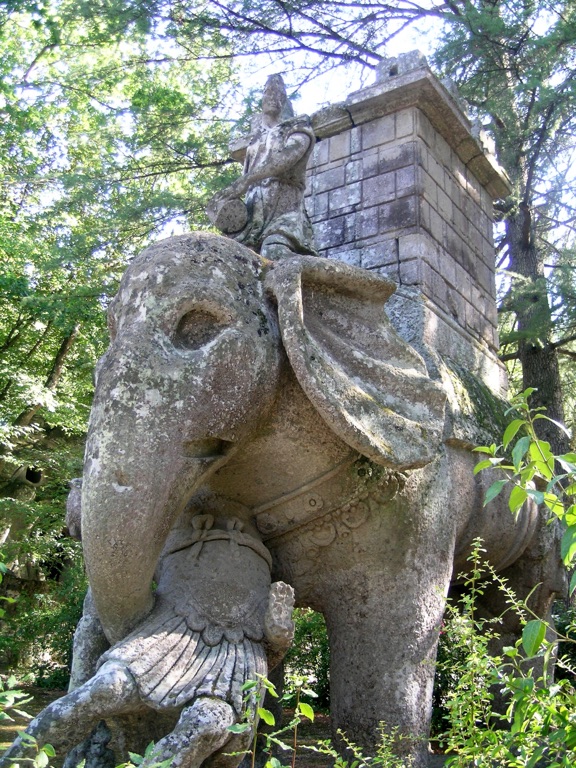Summary
The Enigmatic Charm of Bomarzo
Located in the lush region of Lazio, Italy, the Gardens of Bomarzo offer a mystique unlike any other Renaissance period park. Conceived in the 16th century by Prince Pier Francesco Orsini, it was a testament to grief and love, built after the death of his wife. Distancing from typical garden designs, it features bizarre and fantastical sculptures, embodying monsters, mythological figures, and exotic animals all carved from the local bedrock. This place, also known as the Park of Monsters, doesn’t only serve as an outdoor gallery but as a journey into a prince’s heart, a walk through a symbolic expression of life’s imperfections and wonders.
Get your dose of History via Email
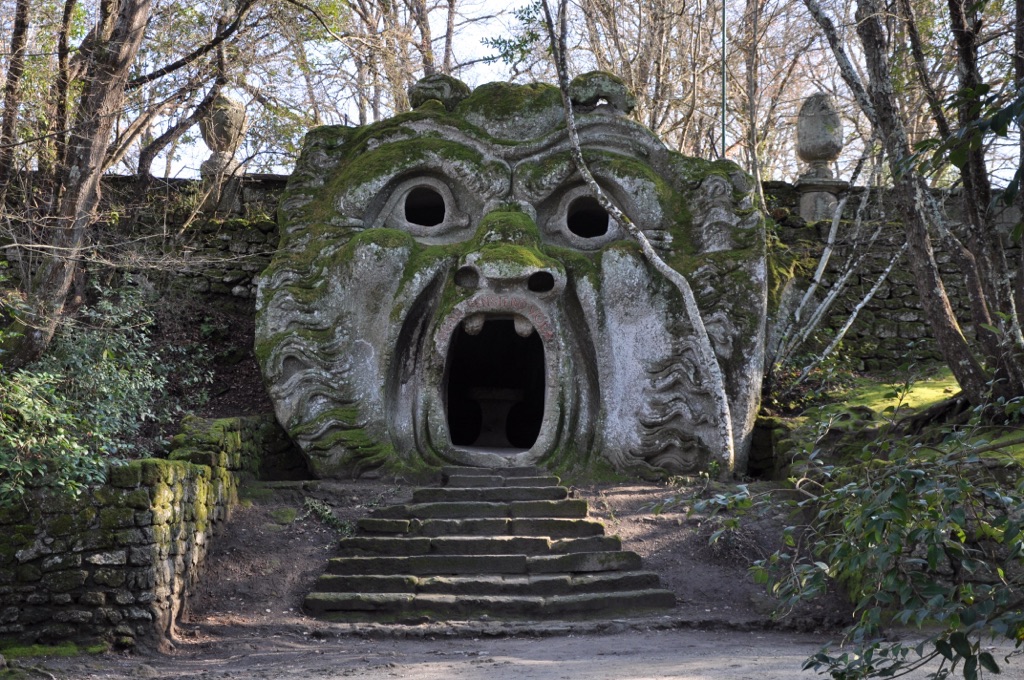
An Architectural and Artistic Marvel
The Gardens of Bomarzo were designed to astonish. Each stone figure, strategically placed by architect Pirro Ligorio, invites visitors to reflect upon their meaning. The park’s layout defies symmetry and order, typical of the era’s formal gardens, encouraging a sense of discovery and curiosity. Its pathways lead to stunning, thought-provoking creations, like the tilting House of Fears that challenges one’s perception of reality. An incredible blend of art and nature, every turn presents a new riddle, turning a visit to the Gardens into a personal narrative brimming with emotion and questions about the human experience.
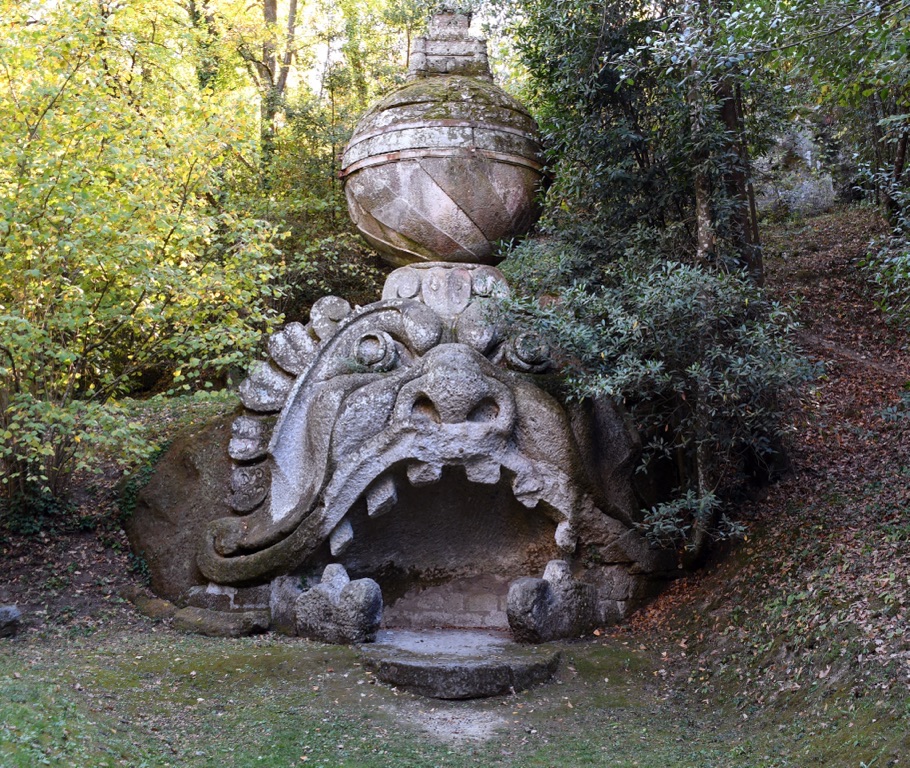
A Legacy Preserved
In a world where history often succumbs to modernization, the Gardens of Bomarzo stands resilient. Its preservation has been paramount, allowing generations to witness its grandeur and complex symbolism. The garden’s revival in the 20th century has ensured its stories and representations can still kindle imaginations. The site is also a cultural beacon, hosting events and serving educational purposes, which underlines its importance beyond its enigmatic stone figures. Visiting the Gardens of Bomarzo is not just a stroll through a historical site; it’s an immersion into a Renaissance enigma, a captivating encounter with the past that still resonates deeply in the present.
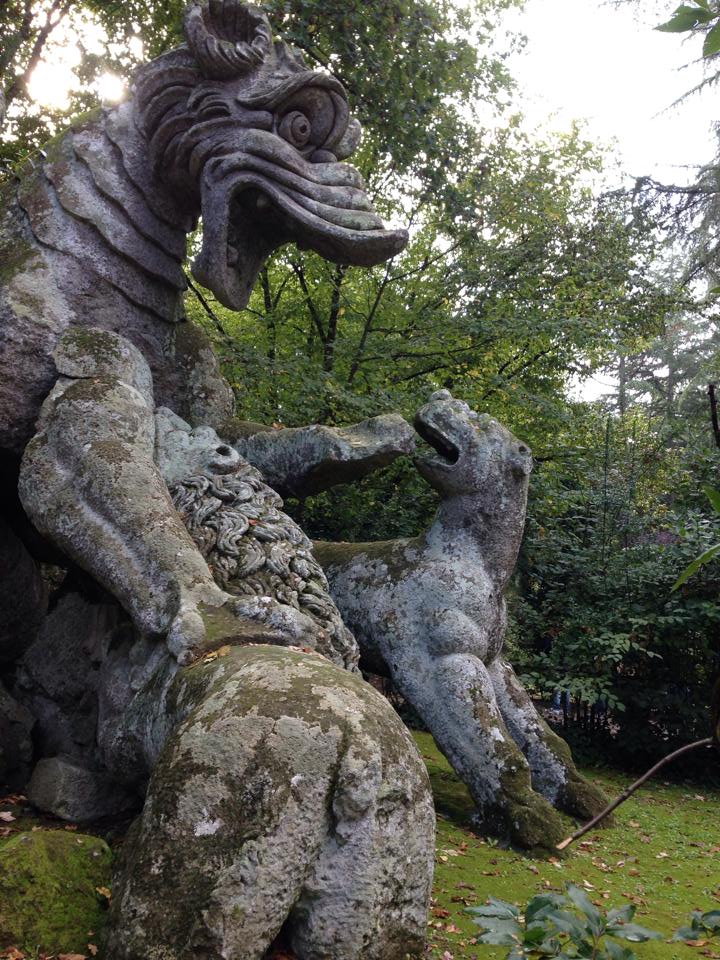
Historical Background of Gardens of Bomarzo
A Renaissance Masterpiece
The Gardens of Bomarzo, nestled in the heart of Italy’s Lazio region, are a monument to the opulence of the Renaissance. Commissioned by Prince Pier Francesco Orsini in the mid-16th century, the gardens are a tribute to his late wife. Orsini, driven by his profound grief, sought to create something extraordinary. He enlisted the help of the famed architect Pirro Ligorio, who also contributed to Saint Peter’s Basilica after Michelangelo. Together, they conceived a garden that transcended traditional aesthetics and plunged into a fantastical world of stone creatures and enigmatic sculptures.
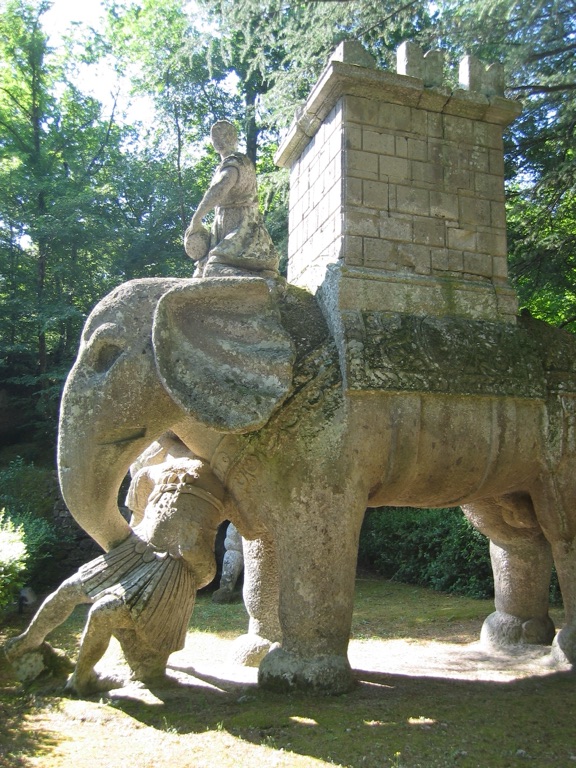
An Expression of Grief and Love
Unlike other gardens of its time that celebrated symmetry and order, the Gardens of Bomarzo were designed as a labyrinth of emotion and storytelling. Orsini’s vision was to craft a physical representation of the turmoil within his soul. The layout forces visitors to wander, to become lost in both the physical space and the allegories that each sculpture represents. In this park, known colloquially as the Park of Monsters, Orsini immortalized his wife’s memory in a poignant narrative etched in the very fabric of the landscape.
At the time of their creation, the gardens were an anomaly, bucking the trends of garden design to stand out as an innovative, if not peculiar, creation. Today, these gardens have been embraced as a significant cultural and historical landmark. The sculptures, carvings, and buildings within the park have been well-preserved or carefully restored, allowing them to retain their original intrigue and splendor.
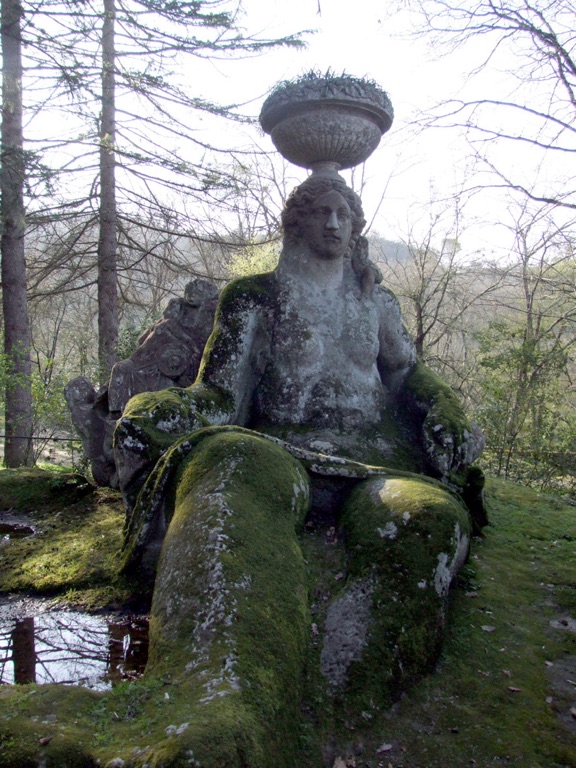
A Revival of Interest
The revival of interest in the Gardens of Bomarzo in the 20th century has been a boon to their legacy. Artists, poets, and influential figures such as Salvador Dalí have found inspiration within its bounds. The garden represents more than a collection of artworks; it is a groundbreaking blend of landscape design and emotional expression that continues to captivate.
The Gardens of Bomarzo, with their rich historical background, remain a testament to the creativity and depth of feeling of their creator. They offer a unique journey through Renaissance art and architecture, one that tells a story as relevant today as it was hundreds of years ago. Visitors leave with a sense of having walked through someone else’s dream, a poignant reminder of the capacity of human creativity and the enduring power of love and loss.
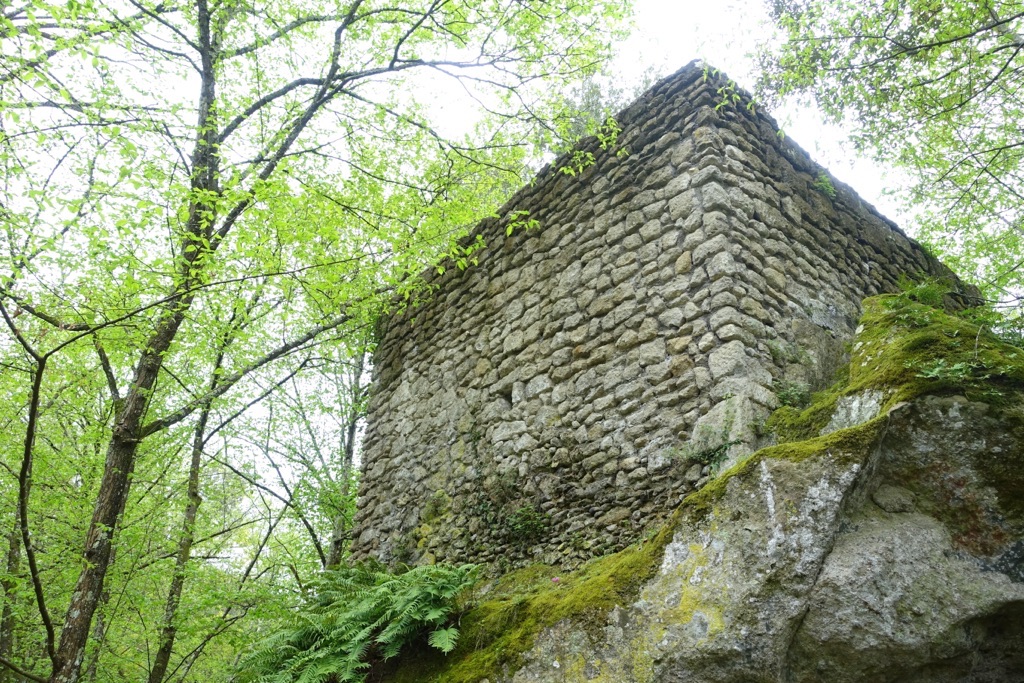
The Discovery of Gardens of Bomarzo
Lost to Time and Rediscovered
The Gardens of Bomarzo, once hidden by overgrowth, were revealed to the modern era by accident. It was the mid-20th century when a curious mind stumbled upon the remains. This curious figure was Salvador Dalí, the renowned surrealist painter. His interest in the bizarre and the unconventional drew him to this neglected marvel. Dalí’s fascination with the gardens led to their re-emergence as a significant cultural site.
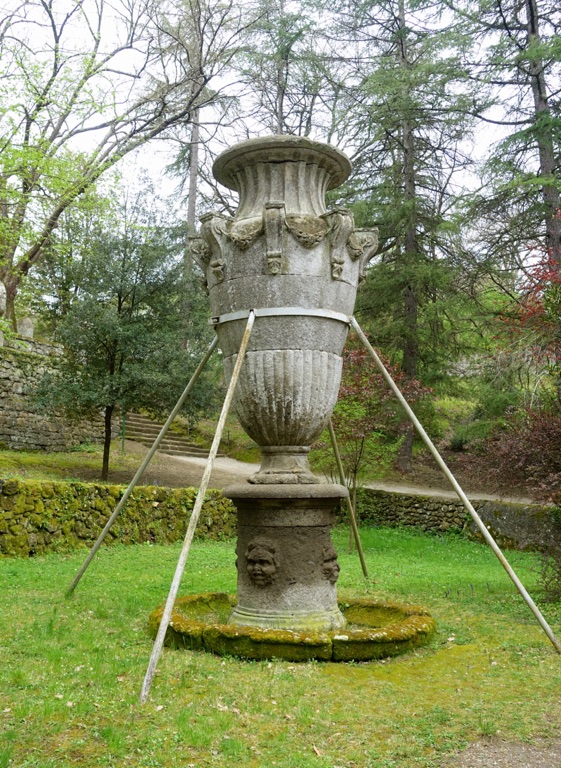
A Surrealist’s Inspiration
Dalí encountered the Gardens of Bomarzo in 1948 during his travels in Italy. Immediately struck by the park’s dreamlike quality, he saw reflections of his own art in the stone sculptures. His artistic vision was fueled by the gardens’ blend of the surreal and the macabre. Captivated, Dalí spread word of the gardens’ magic, leading to a resurgence of interest and eventual restoration efforts.
After Dalí’s discovery, scholars and historians took a keen interest in the Gardens of Bomarzo. They embarked on detailed explorations of its history and mythology. Through meticulous research, they pieced together the park’s origins and Orsini’s motivations. The findings were published, establishing the gardens as an important Renaissance site.
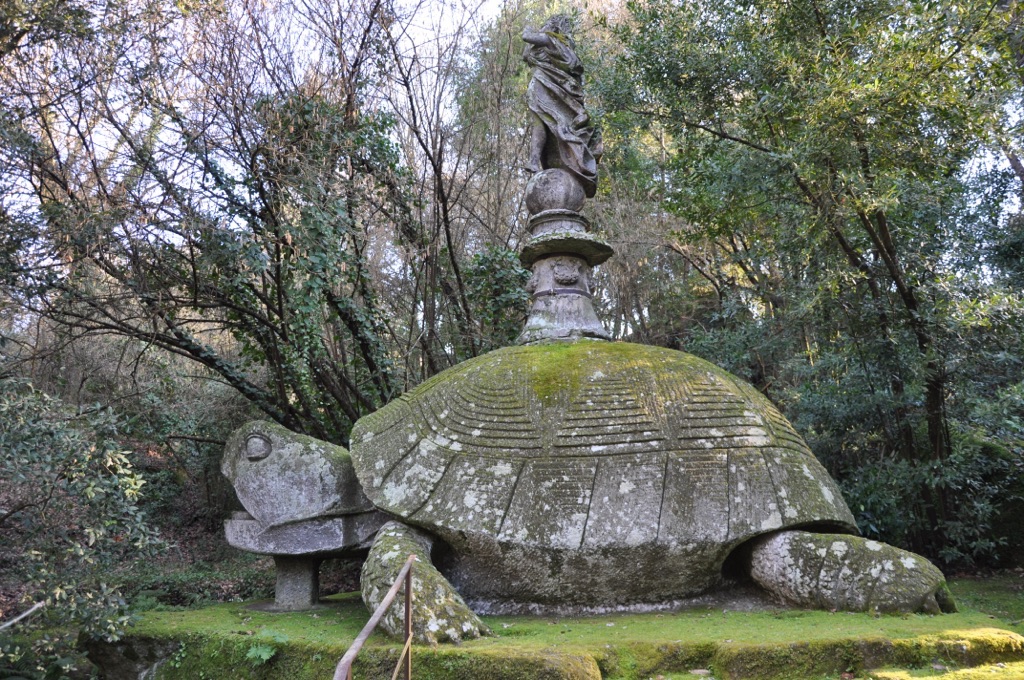
The Renaissance Garden Restored
Beginning in the 1950s, restoration initiatives sought to return the gardens to their former glory. The work was arduous, given the scale and complexity of the sculptures. However, it was a labor of love for those involved. They were driven by a shared belief in the site’s artistic and historical significance.
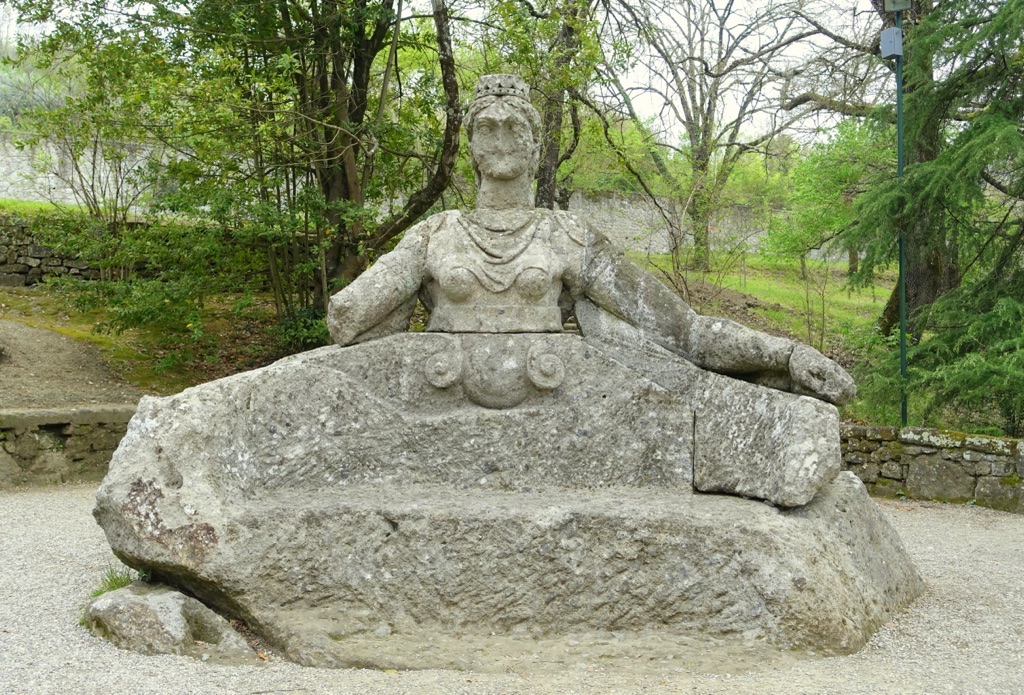
Today, the Gardens of Bomarzo stand once more as a mesmerizing journey into a Renaissance vision. Each carefully restored statue and structure serves as a marker of creative ingenuity. The gardens invite visitors to step back in time and explore a fantastical landscape conceived by a prince and rediscovered by one of the 20th century’s most imaginative artists.
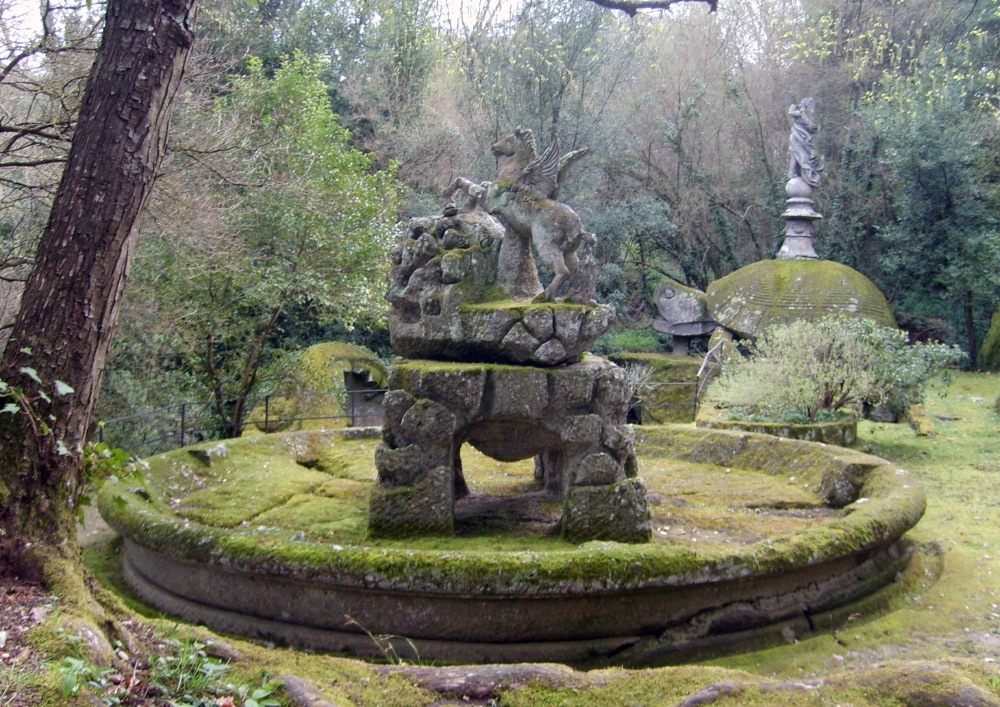
Cultural Significance, Dating methods, Theories and Interpretations
A Mirror of Renaissance Ideals
The Gardens of Bomarzo hold a mirror to the cultural nuances of the Italian Renaissance. They reflect the era’s deep fascination with classical mythology, the human psyche, and the relationship between man and nature. The gardens serve as a monument to the Orsini family’s status and the transformative period that shaped their creation. As a place where art and nature intermingle, the gardens exemplify the Renaissance spirit of inquiry and reflection.
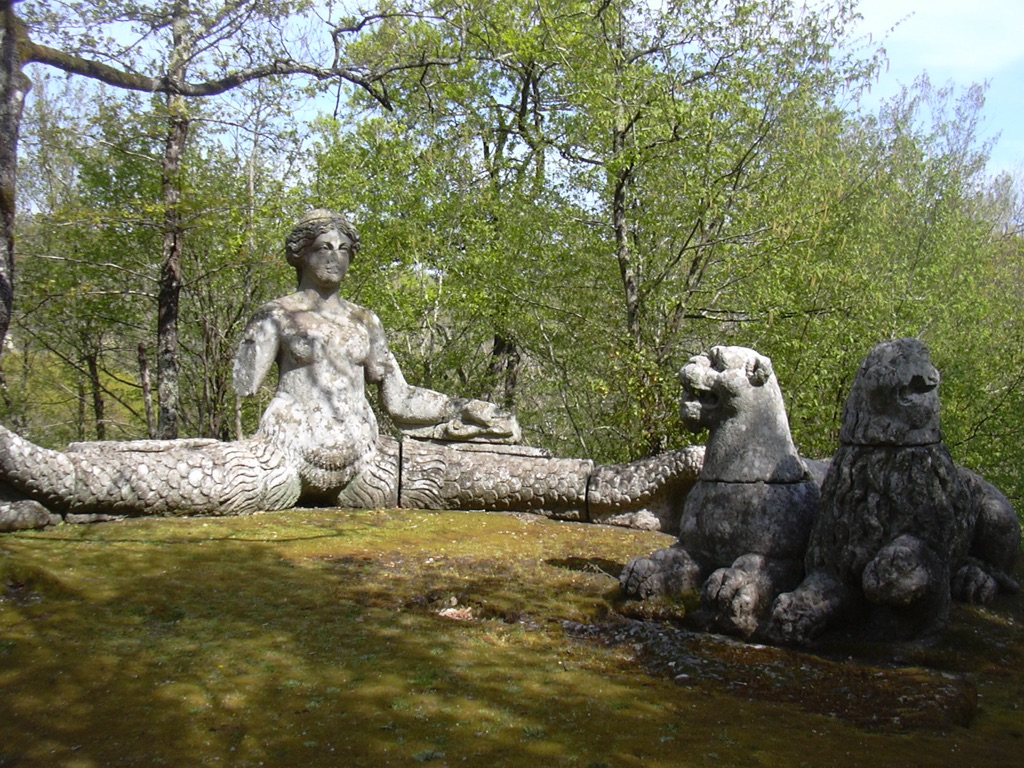
Deciphering the Past: Challenges in Dating
Determining the precise timeline of the Gardens’ creation has been challenging. While historical records pinpoint the commissioning of the gardens to the mid-16th century, the exact dates for certain sculptures remain elusive. Experts have used techniques such as examining style elements and commission records to estimate the periods of activity. The results reveal a fascinating, evolving work of art rather than a single moment of creation.
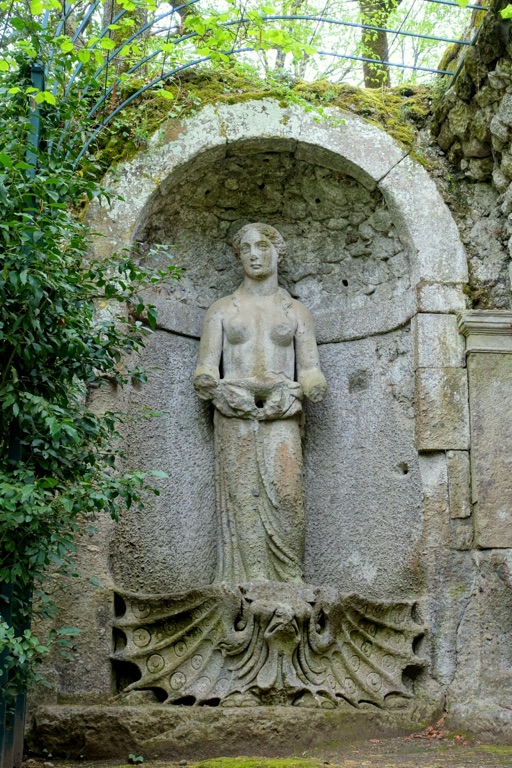
Several theories about the gardens’ purpose and meaning have been proposed over the years. Some believe the site was intended as a sanctuary of reflection and mourning, while others view it as a whimsical playland designed to amuse and provoke. Even the sculptures themselves—some menacing, others playful—have sparked diverse interpretations about their significance and what they reveal about their creator’s mindset.
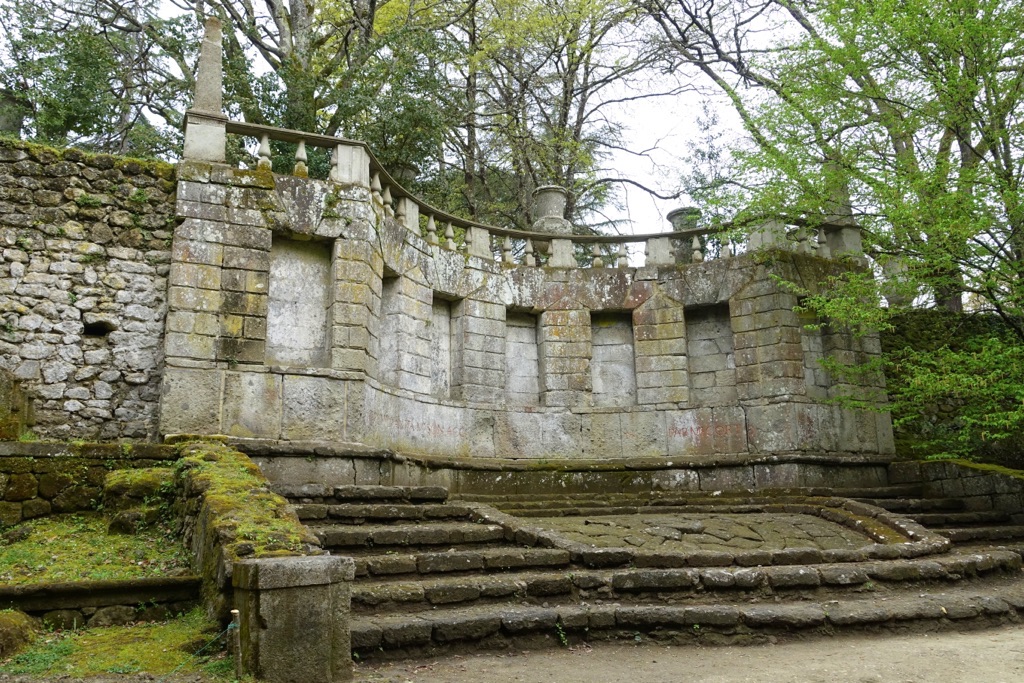
Interpreting Myths and Monsters
Interpreting the gardens has also involved unraveling the symbolism behind its mythological and monstrous figures. Scholars have suggested that these figures represent constellations, figures from Orsini’s literature, or a grand allegory for life’s journey. The debate over their meanings keeps the Gardens of Bomarzo at the center of scholarly discourse, highlighting the site’s enduring appeal to our collective curiosity.
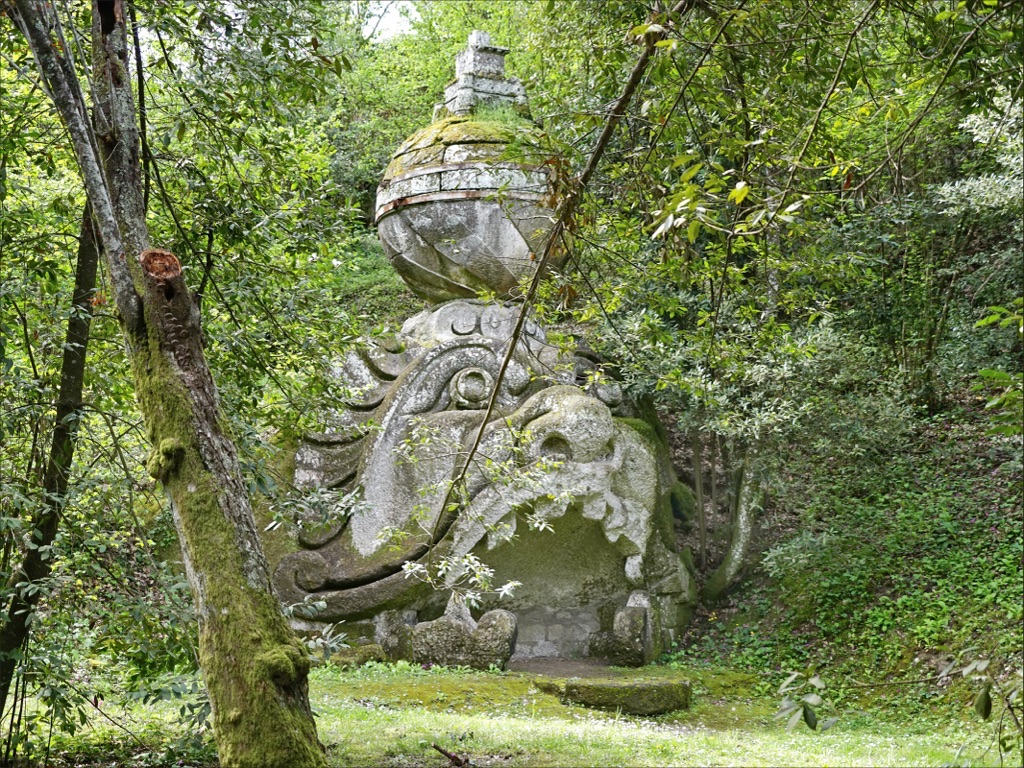
Today, the cultural significance of the Gardens of Bomarzo extends beyond their historical roots. They draw visitors from all over the world, serving as a unique testament to imagination and creativity. They are also a valuable educational resource, where history, art, and psychological theory intersect, leaving a lasting impression on those who walk their storied paths.
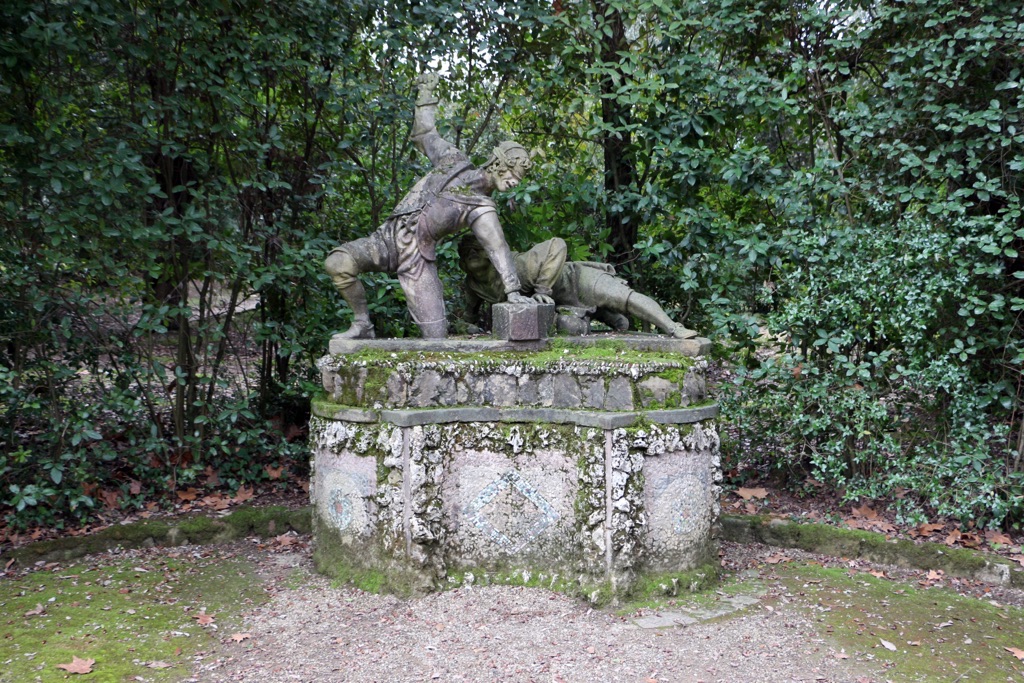
Conclusion and Sources
In the embrace of the Tuscia woods, The Gardens of Bomarzo stand as a remarkable beacon of history and imagination. Through its meandering paths and mysterious sculptures, it tells a story that merges the personal with the mythical, the natural with the manmade. The site is a testament to human emotion, artistic expression, and the era that fostered its creation. While much about the gardens remains open to interpretation, their impact on culture, art, and history is undeniable. The Gardens of Bomarzo will undoubtedly continue to captivate and inspire, inviting each visitor to uncover its many layers and hidden messages.
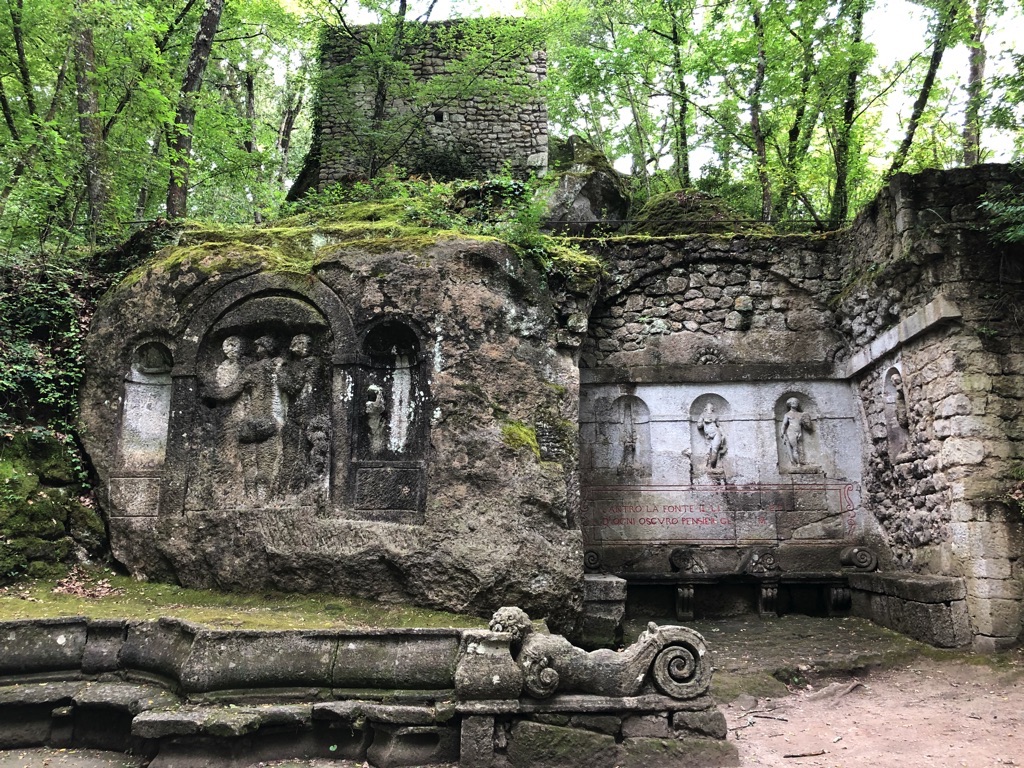
For further reading and to validate the information presented in this article, the following sources are recommended:
Or you can check any of these reputable archaeological and historical texts:
Bent, G. (2000). ‘The Sacro Bosco of Bomarzo: A Study in Sixteenth-Century Garden Style’. Garden History, 28(2), pp. 231-261.
Castiglione, A. (2012). ‘Monstrous Devotion: The Sacro Bosco of Bomarzo and Mannerist Poetics’. Italica, 89(4), pp. 548-570.
Raymond, A. (2009). ‘The Stone Garden of Bomarzo: A Mannerist Playground’. Journal of Garden History, 7(3), pp. 182-204.
Tonini, V. (2017). ‘Orsini’s Grove: Philosophical, Mystical and Subterranean Meanings in Bomarzo’. Cultural Landscapes, 1(1), pp. 23-38.
Wilhelm, R. (1987). ‘The Monster Park of Bomarzo: An Approach’. Journal of the Warburg and Courtauld Institutes, 50, pp. 155-168.

